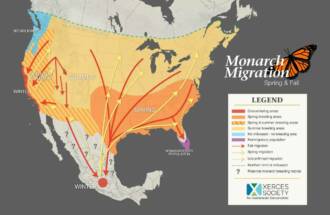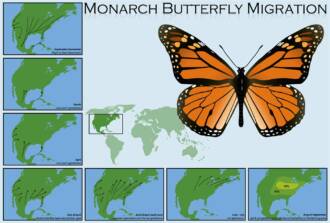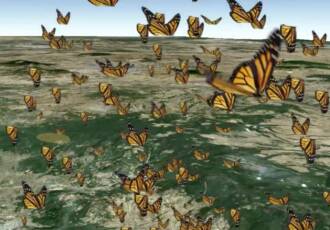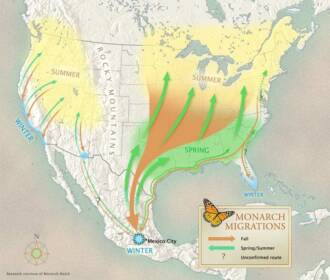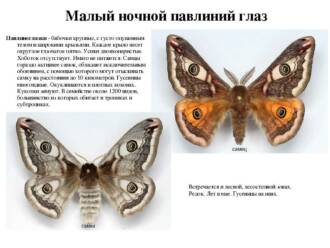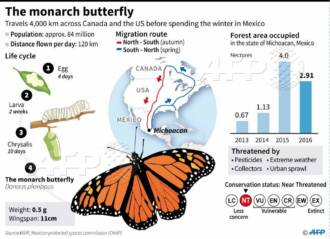
Migrant butterflies are amazing creatures that set out on a long and perilous journey through forests every year. They migrate great distances, instinctively heading for places where they will be comfortable and safe to spend the winter. These gentle creatures emerge from their summer habitats and embark on an incredible adventure to find warmth and food elsewhere in the world.
Migrant butterflies overcome incredible obstacles during their journey. They fly over mountains, rivers and many miles without food or water. This is their way to adapt to changing environmental conditions and avoid hunger and cold. Their wings are survival tools, allowing them to travel long distances and stay aloft for long periods of time.
Migrant butterflies encounter many dangers along the way. They are attacked by predators, caught in web traps and often face adverse weather conditions. Despite this, migrant butterflies continue their journey, relying on their instinct and willpower. They find the strength to overcome all difficulties and reach their goal - a place where they can survive the winter and return back in the spring.
Fascinating migrant butterflies

Migrant Butterflies — these are amazing insects that make long journeys through forests in search of better conditions for reproduction and nutrition. They cover huge distances, sometimes up to several thousand kilometers, to reach their goal.
One of the most famous migrant butterflies is a monarch. These beautiful insects make the incredible journey from North America to Mexico and back every year. They fly such long distances to find ideal conditions for breeding and feeding.
Migrant Butterflies use different strategies to navigate during their travels. They can use the sun and stars to determine their direction, as well as the Earth's magnetic field. They can also navigate by smell and use their eyesight to find suitable places to rest and eat.
Migrant Butterfly Travels are a true feat of nature. They overcome obstacles such as mountains, rivers and deserts to reach their goal. During their journey, they also face many dangers such as weather, predators, and lack of food. However, thanks to their unique adaptive abilities, they will be able to overcome all difficulties and reach their destination.
Interesting Migrant Butterfly Facts:
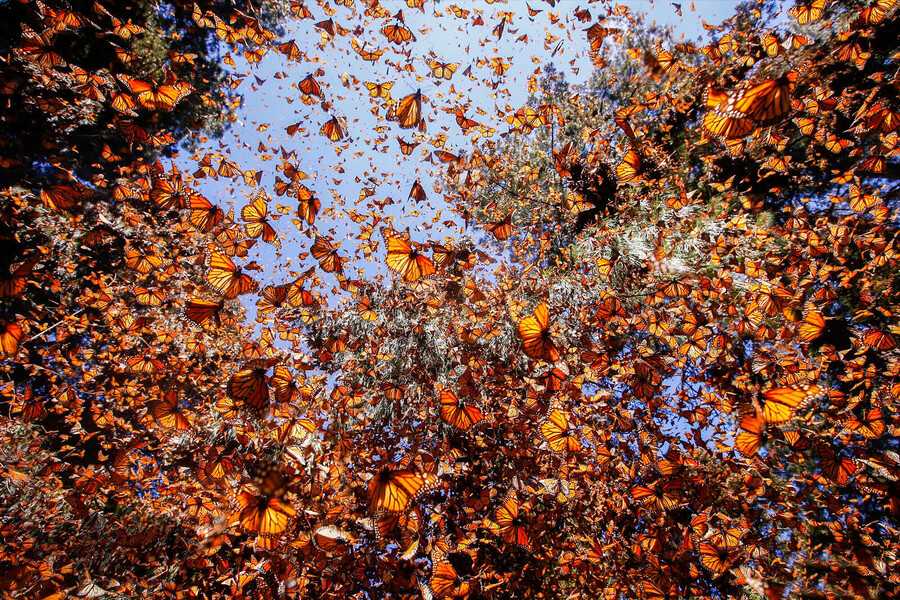
- Monarchs can fly up to 4,000 kilometers in one generation.
- It takes one generation of monarchs about two months to travel from North America to Mexico.
- Migrant butterflies can migrate over several generations.
- They use their antennae to navigate and find food.
- Monarchs choose certain trees in Mexico for wintering, returning to the same place every year.
Journeys through the woods
First steps
Forests serve as an important point on the travel route of migrating butterflies. They start their journey in the warm tropics and gradually move northward in search of food and ideal breeding conditions.
The first steps in the journey through forests are very important for migrant butterflies. They must learn to navigate the sun and the magnetic field in order to stay on track. Each year, a new generation of butterflies learn this navigation and pass it on to the next generation.
Encounter with obstacles
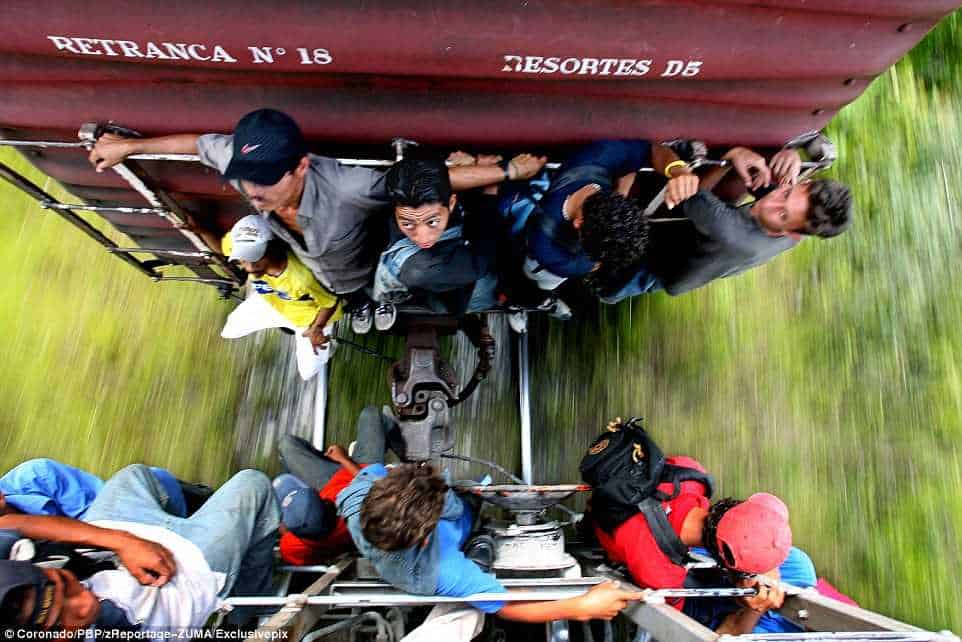
As they travel through forests, migrating butterflies encounter various obstacles. They may encounter dense vegetation, rivers, or mountains that they must cross. Butterflies use their sensory organ, the antennae, to sense air currents and detect obstacles in their path.
Most migratory butterflies avoid summer over open water areas such as lakes and oceans. Instead, they prefer to fly along the coast or through narrow straits. This allows them to conserve energy and avoid the danger of falling into the water.
Rest and food
During their journey through forests, migrant butterflies must also find places to rest and feed. They stop at flowers to replenish the energy they need to continue on their journey. Butterflies prefer flowers with nectar, which is their main food source.
Many butterflies also use forests as a place to lay their eggs. They are looking for certain plants on which future caterpillars will feed. Forests provide ideal conditions for the development of these caterpillars and their transformation into pupae and finally into butterflies.
Amazing Insect Migrations
Migration is an incredible journey that some insects undertake in search of better conditions for survival. Nature has created amazing mechanisms that allow these small creatures to cover huge distances and overcome obstacles.
Butterfly migration
Butterflies are one of the most famous insect migrants. Some species of butterflies migrate hundreds or even thousands of kilometers. For example, monarch butterflies make an amazing journey from North America to Mexico and back every year. This journey takes several generations of butterflies and can last up to 8 months.
Butterfly migration is due to the ability of these insects to remember where they are and use the stars and the Earth's magnetic field to navigate. Butterflies also use the wind to travel at high speeds and conserve energy.
termite migration
In addition to butterflies, termites also make amazing migrations. These insects build huge anthills and can move to new places if the old habitat becomes unsuitable. They can cover distances up to 500 meters and build a new home in a few days.
Termite migration is driven by the chemical signals they leave along the way. They also use their sensitive antennae to navigate and find food. Termites can migrate both inside their anthill and over long distances in open areas.
Insect migrations are a true miracle of nature. They allow these small creatures to survive and thrive in a variety of environments, and they prove that even the most insignificant creatures are capable of incredible journeys.
The role of migrant butterflies in the ecosystem

Migrant butterflies play an important role in the ecosystem, influencing the diversity of flora and insects. They act as pollinators, carrying pollen from one flower to another, promoting plant reproduction and providing genetic diversity.
Through their migrations, migrant butterflies also contribute to the spread of plants. During their travels, they carry seeds and spores over long distances, helping plants to colonize new territories and diversify local flora.
Migrant butterflies also serve as a food source for various animals. Many birds, lizards and other insectivorous creatures feed on butterflies and their caterpillars, making them an important part of the food chain in the forest ecosystem.
In addition, migrant butterflies attract the attention and interest of scientists and nature observers. The study of their migrations and behavior helps to expand our knowledge of nature and understand the impact of environmental changes on the animal world. They are an integral part of the ecosystem and an important object for conservation and protection.
How do migrant butterflies find their way?

Migrant butterflies go through incredible journeys, overcoming great distances in search of suitable conditions for reproduction and foraging. However, how do they find their way in unknown territories?
One of the key factors in helping migrant butterflies find their way is their innate compass. They have the ability to navigate by the Earth's magnetic field, which helps them determine their location and direction of movement. This internal compass allows migrant butterflies to easily find their way even over long distances.
In addition, migrant butterflies also rely on visual cues. They use the sun, stars, and landscape features such as mountains or rivers to determine their location and orientation. They can use the sun to determine their direction of travel and take into account its position during the day to maintain the correct course.
In addition, migrant butterflies also have an amazing memory and the ability to remember their path. They can use landscape features, smells, and other factors to find their way back to their birthplace or where they spent their summers. This ability helps them make long migrations and successfully find their destination.
In general, migrant butterflies use a combination of innate instincts, visual cues, and path memory to find their way through unknown forests and other territories. This is an amazing example of navigation in the animal kingdom and allows migrant butterflies to successfully complete their epic journeys.
Features of migrations of migrant butterflies
Migrant butterfly migrations are one of the most amazing phenomena in nature. These colorful insects are able to travel great distances in search of food and ideal breeding conditions.
One of the features of migratory butterfly migrations is their ability to use terrestrial magnetic fields for orientation. Butterflies have special receptors that allow them to sense the Earth's magnetic field and use it as a compass.
In addition, migrant butterflies have an amazing ability to remember their migration path and pass this information on to the next generation. This mechanism is called “migration heritage” and allows butterflies to return to the same places where they were born, even after several generations.
During migration, migrant butterflies face various obstacles such as rivers, mountains and deserts. However, they find a way around and continue their journey. This is due to their amazing ability to use thermal sunrises and overhead winds to conserve energy and increase flight speed.
The migrations of migrant butterflies are an important factor in the ecosystems where they reside. They act as plant pollinators and help maintain biodiversity. However, due to the destruction of their habitats and climate change, many species of migrant butterflies are endangered and need special protection and protection.
Travel of migrant butterflies in search of food
Every year migratory butterflies go on an exciting and dangerous journey in search of food. They leave their usual habitats and go on a long flight through forests full of deadly dangers.
When traveling, migrant butterflies rely on their witty orientation skills and unsurpassed ability to find food. They use their sensitive antennae and eyes to detect scents and see flowers from afar. When they find a suitable food source, they land gently and start drinking the nectar from the flower.
Migrant butterflies prefer flowers that contain a lot of sugar and nectar. They can also feed on pollen, which is an important source of nutrients for them. When a butterfly drinks nectar, it also transfers pollen from one flower to another, helping with the pollination process.
The journey of migrant butterflies in search of food can take many days or even weeks. They can cover vast distances by crossing obstacles such as rivers and mountains. But despite all the difficulties, migrant butterflies continue their journey to find food and provide for themselves and their descendants. Their amazing ability to find food and survive in the harsh environment of nature makes them true heroes of nature.
Impact of climate change on butterfly migration
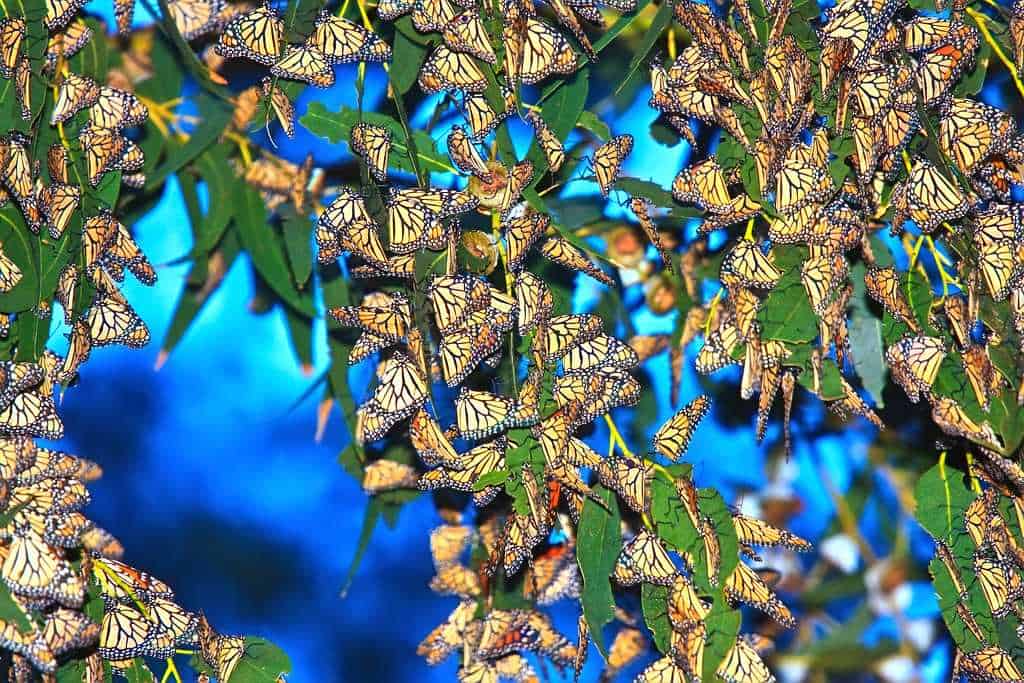
Climate change has a significant impact on the migration of butterflies, which are among the most famous migrants in the animal kingdom. Changing temperatures and weather conditions can have a direct impact on the behavior and movement of butterflies, as well as the availability of food and breeding sites.
One of the main aspects of the impact of climate change on butterfly migration is the change in the start and end times of the migration period. An increase in temperature may result in an earlier start of migration and a later end of migration, which may affect food availability and breeding conditions along the migration route.
In addition, climatic changes can affect the distribution of butterflies during their migrations. Changes in temperature and precipitation can lead to shifts in the boundaries of the distribution ranges of butterflies, as well as in the direction and duration of migratory routes. This can lead to changing populations and interactions between different species of butterflies.
Climate change may also affect food availability for migrant butterflies during migrations. Changing conditions can lead to a change in the distribution of plants on which the butterflies feed, as well as a change in the seasonal availability of food. This can have negative consequences for the survival and reproduction of butterflies, as well as for plant populations that depend on interactions with butterflies.
Overall, the impact of climate change on butterfly migration is complex and multifaceted. It can affect many aspects of a butterfly's life cycle, from timing and distribution to food availability and breeding conditions. Understanding these influences is important for developing effective measures to conserve and manage the biodiversity of migrant butterflies in a changing climate.
Protective measures to preserve migration routes
To preserve the migration routes of migrant butterflies, it is necessary to take certain protective measures. One such measure is the creation of nature reserves and national parks along migration routes. This will ensure the protection and preservation of the natural habitats of butterflies, as well as provide them with the necessary conditions for feeding, resting and breeding.
An important aspect of the protection of migration routes is also the control of the use of pesticides and herbicides in areas inhabited by migrant butterflies. The use of chemicals can negatively impact their food base, which could lead to their extinction or decline in numbers. Therefore, it is necessary to observe strict rules and regulations for the use of plant protection chemicals near migration routes.
For the effective protection of migration routes, it is also important to monitor the number and condition of the population of migrant butterflies. Systematic observation and data collection make it possible to determine trends and changes in the size of populations, as well as to identify possible threats and problems in their migration routes. This allows you to take timely measures to protect and preserve migration routes.
One of the important protective measures is also the implementation of educational work among the population. Dissemination of information about migrant butterflies, their unique migratory routes and the importance of their conservation raises public awareness and promotes positive attitudes towards nature and its conservation. This contributes to the active participation of people in the protection of migration routes and the creation of favorable conditions for the life and development of migrant butterflies.
Myths and legends about migrant butterflies

In different cultures of the world, there are myths and legends associated with migrant butterflies. One of the most famous myths is the ancient Greek legend about the goddess Psyche and her love for Eros.
According to the legendPsyche was a beautiful young woman who aroused the envy of the goddess Aphrodite. Aphrodite instructed her son Eros to fall in love with an unattractive girl beforehand, but Eros fell in love with Psyche instead.
However, the gods did not approve of this connection, and Psyche was sent on a mission to get water from the river of the underworld of Hades. During her journey, Psyche faced various trials and obstacles, including mountains, rivers, and forests. But her loyalty and fortitude helped her overcome all difficulties.
According to the legend, when Psyche finally completed her task and returned to earth, she was turned into a butterfly. This symbol of freedom and transformation has become associated with migrant butterflies.
Other cultures also have myths and legends about migrant butterflies. For example, in ancient Japanese culture, butterflies were considered a symbol of love and beauty. In Mexican culture, migrant butterflies are associated with the souls of the dead and are considered bearers of messages from their ancestors.
Thus, myths and legends about migrant butterflies reflect the importance of their travels and symbolize values such as fortitude, transformation and freedom.

